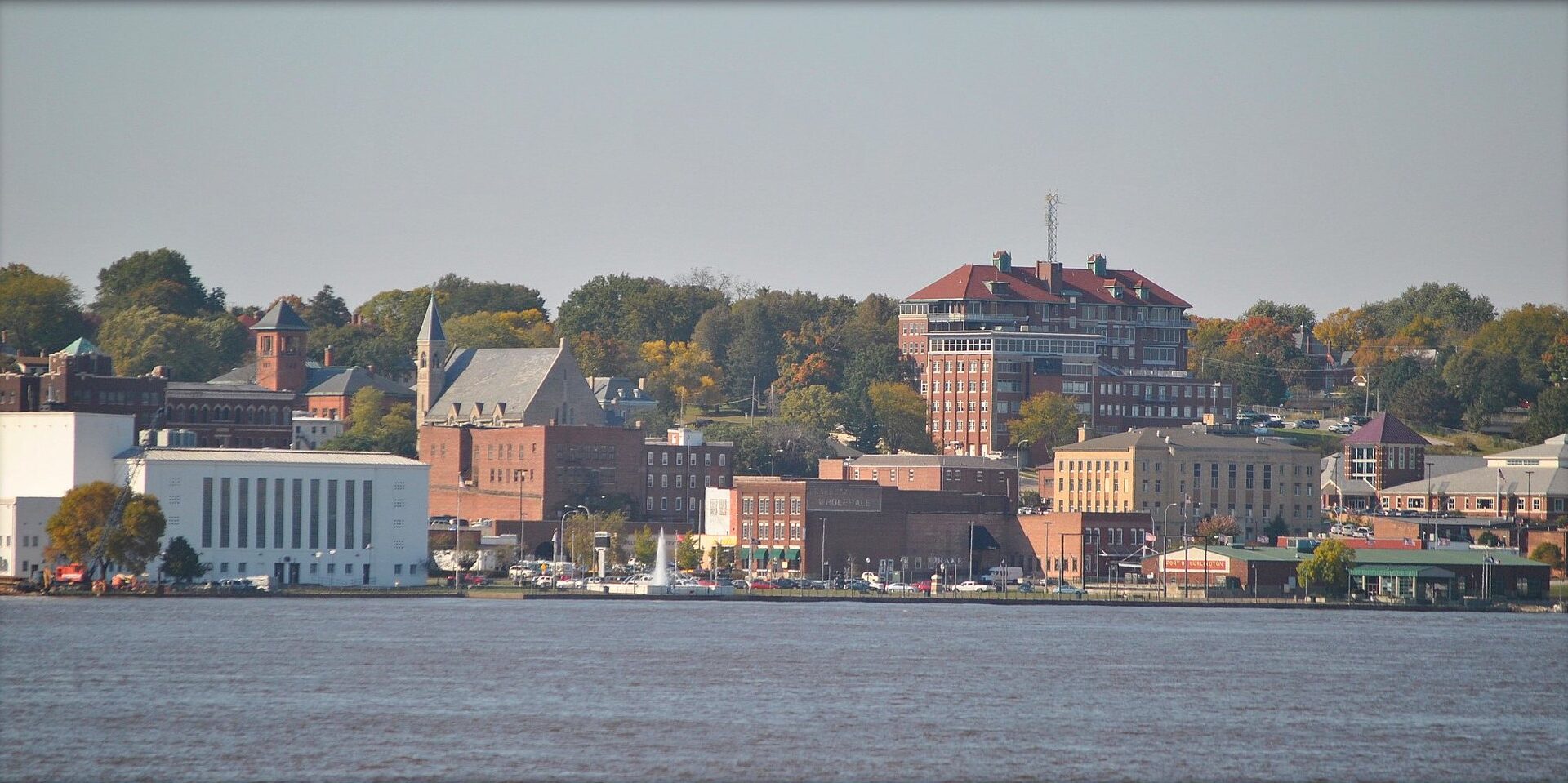Porter McNeil, an Illinois-based communications consultant, was Illinois Communications Director for the Kerry-Edwards’ presidential campaign. He assisted with the 2021 “factory town” report (American Family Voices & 21st Century Democrats) and was re-elected in 2024 to a seat on the Rock Island County Board.
In August 2000, fresh from the Democratic National Convention, Al Gore and Joe Lieberman flew overnight from Los Angeles to begin a four-day Mark Twain-style boat ride on the Mississippi River.
Their “Setting Course for America’s Future” trip charted a political path across the sand bars of Wisconsin, Iowa, Illinois and Missouri and critical blue-collar swing counties. That trip represents one of the Democratic Party’s top challenges in 2026 and 2028. The path to 270 and a congressional majority in Congress runs through rural regions and working-class factory towns across the Midwest.
And so it should come as no surprise that it was former President Bill Clinton who logged long hours in the 2024 general election campaign to shore up support for Democrats in Michigan cities—Muskegon Heights, South Haven, Benton Harbor—where voters are not used to seeing presidential candidates. The master at retail politics, he knows Democrats need to connect with the working class.
Whatever blue-collar blueprint Democrats draft for 2026, they have to double down on working class voters—Black, Hispanic, white, Asian—among whom they lost ground in November. Good campaigns are a mix of strategic communications to both persuade undecideds and inspire true believers.
Heading into 2026, Democrats must be the party of change and reform—not the party more interested in defending special interests in Washington, DC. And just as farmers rotate their crops to keep the soil more fertile, Democrats in Washington should rotate their leadership posts more frequently to allow for new ideas and energy. The incoming Trump Administration’s overreach will give Democrats opportunities to react, which may help swing the electorate our way, but we must have a policy agenda for the middle class ready to go.
“We need a rebrand … our brand is toxic in so many places,” said former U.S. Representative Tim Ryan during a November 30 appearance on MSNBC. Ryan is pushing the party to adopt a strong, unifying economic opportunity message. “We are the party of the middle class – white, black, brown, gay, straight, north south … If you’re a working-class person, the Democratic Party is for you and here’s how we’re going to build that future.”
And if we don’t, we risk remaining the party that wins votes clustered in the urban areas but loses entire regions and nearly 90 percent of the counties across America.
At the same time, much of that won’t matter unless Democrats can improve the elephant in the room: the media landscape. Having great candidates, with effective messages, won’t matter if entire swaths of voters never see or hear them.
Perhaps living in the heartland—surrounded by the right-wing echo chamber—has given folks like me a more acute sense of the red team’s advantage going back many years. As a statehouse staffer in early 1995, I had the chance to meet President Clinton in Galesburg, Illinois. As a small crowd stood in line to shake his hand for a photo, I strategized about what I would say to him during my 30 seconds with the Commander in Chief.
After a quick hello and great to meet you, I said, “Mr. President, Democrats have to get moving on talk radio.”
“Oh, yes, we’re going to do that, absolutely,” he responded enthusiastically.
Conservatives since then have been on offense in “flyover country.” It’s time for Democrats to turn that around.
Top photo was originally taken by Flickr user Loco Steve in October 2010. Also available through Wikimedia Commons, licensed under the Creative Commons Attribution 4.0 International license.
